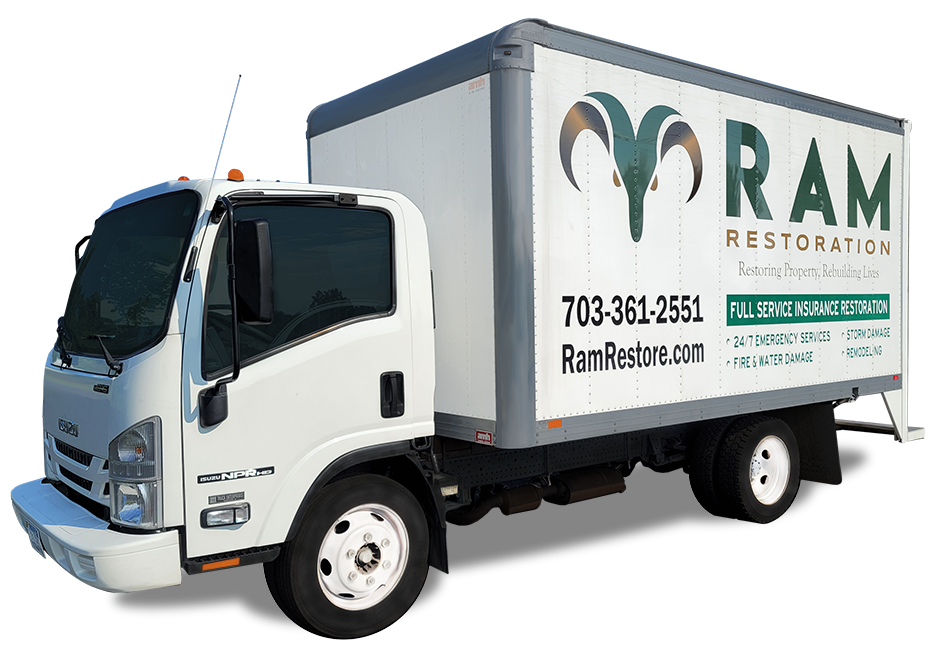Fire damage is a devastating event that can wreak havoc on homes and businesses alike. From the structural damage caused by flames to the lingering effects of smoke and water, understanding the different types of fire damage is crucial for effective restoration and insurance claims.
But what exactly is considered fire damage? Is it just the visible destruction caused by flames, or does it encompass other forms of damage as well? Let’s explore the various types and degrees of fire damage to gain a comprehensive understanding of its impact.
Key Takeaways:
- Fire damage encompasses various forms of destruction, including structural damage, heat damage, smoke damage, soot damage, and water damage.
- Understanding the scope and severity of fire damage is essential for developing a restoration plan and estimating costs.
- Fire damage can be categorized into different types and degrees, helping prioritize restoration efforts and determine appropriate methods and resources.
- Burn or heat damage occurs from direct exposure to flames or extreme heat, and restoring it involves assessing structural integrity and replacing damaged materials.
- Soot and smoke damage result from particles and residue deposited during a fire, and mitigation strategies involve thorough cleaning and deodorization.
Understanding the Scope of Fire Damage
When it comes to fire damage, the scope can vary significantly depending on various factors. These factors play a crucial role in determining the extent of the damage, assessing the restoration requirements, and estimating the associated costs.
One of the primary factors affecting fire damage is the size and intensity of the fire itself. A larger and more intense fire is likely to cause more extensive damage to the structure and its contents. Additionally, the duration of the fire also contributes to the scope of the damage, as a longer fire can lead to more profound effects.
The proximity of combustible materials to the fire is another critical factor. If flammable substances are located close to the fire’s origin, the chances of spreading and causing more damage increase. The effectiveness of firefighting efforts is also instrumental in limiting the scope of fire damage. A prompt and efficient response from firefighters can help contain the fire and minimize its impact.
Other elements that can influence the scope of fire damage include the building materials used in the structure. Different materials have varying levels of resistance to fire, with some being more susceptible to damage than others. Ventilation also plays a role, as it can affect the speed and spread of fire within the property. The presence of fire-resistant measures, such as fire doors or sprinkler systems, can help mitigate the scope of damage by offering additional protection.
Assessing the scope of fire damage is crucial for developing a comprehensive restoration plan. It allows restoration professionals to determine the necessary steps and resources required for effective restoration. Additionally, understanding the scope of the damage aids in estimating the costs involved, helping property owners and insurance companies make informed decisions.
Assessing the scope of fire damage involves a thorough inspection of the affected areas, identifying the extent of damage to the structure, contents, and systems. This assessment helps in prioritizing restoration efforts and addressing areas that require immediate attention.
By understanding the scope of fire damage, property owners and restoration professionals can take the necessary steps to mitigate the effects, restore the property, and ensure a safe and healthy environment once again.
Types and Degrees of Fire Damage
When it comes to fire damage, understanding the various types and degrees of damage is crucial in determining the appropriate restoration methods and prioritizing the restoration process. By categorizing fire damage, restoration professionals can effectively address the unique challenges posed by each type and degree of damage.
Types of fire damage include:
- Structural damage: This type of damage affects the structural integrity of a building, compromising its stability and safety.
- Burn or heat damage: Direct exposure to flames or extreme heat during a fire can result in burn or heat damage, causing charring, discoloration, and structural weakening.
- Smoke damage: Smoke contains harmful particles and chemicals that can permeate surfaces, leaving behind stains, odors, and respiratory health hazards.
- Soot damage: Incomplete combustion releases soot particles that can settle on surfaces, leading to discoloration, staining, and potential respiratory health issues.
- Water damage: Firefighting efforts often result in water damage as large volumes of water are used to extinguish the flames. Water damage can cause saturation of building materials, mold growth, and structural weaknesses.
Degrees of fire damage are categorized as minor, medium, and major. The classification depends on the extent of damage to the property and its contents. Minor fire damage may involve localized damage that requires minimal restoration, while medium and major fire damage typically involve more extensive destruction that necessitates comprehensive restoration efforts.
To illustrate the severity and characteristics of fire damage, refer to the image below:
By categorizing fire damage into distinct types and degrees, restoration professionals can effectively assess the situation, prioritize restoration efforts, and allocate the appropriate resources to restore the property to its pre-fire condition.
Identifying and Addressing Burn or Heat Damage
Burn or heat damage is a significant form of fire damage that occurs due to direct exposure to flames or extreme heat during a fire. It can cause extensive harm to structures and materials within a building. Identifying burn or heat damage is crucial to initiate the necessary restoration measures and ensure the safety and integrity of the property.
Signs of burn or heat damage often include charred materials, structural weakening, discoloration, and distortion. These visible indications can help professionals assess the extent of the damage and develop an appropriate restoration plan.
Restoring burn or heat damage requires a comprehensive approach. It involves assessing the structural integrity of the affected areas, identifying and replacing damaged materials, reinforcing weakened structures, and ensuring compliance with building codes and safety standards.
Engaging professional restoration services is highly recommended for the identification and restoration of burn or heat damage. These experts have the knowledge, experience, and specialized equipment necessary to handle the complexities of burn damage restoration. They can provide a thorough assessment of the damage, implement appropriate restoration techniques, and ensure that the property is restored to its pre-fire condition.
Dealing with Soot and Smoke Damage
During a fire, particles and residue from incomplete combustion can deposit on surfaces, leading to soot and smoke damage. This type of damage can have various consequences, including discoloration, odors, respiratory health hazards, and corrosion.
To mitigate soot and smoke damage, thorough cleaning, deodorization, and the use of specialized equipment and techniques are essential. It is crucial to address soot and smoke damage promptly to prevent further deterioration and health risks.
Water Damage as a Byproduct of Firefighting Efforts
During firefighting operations, water damage often occurs as a result of the large volumes of water used to extinguish the flames. This unintended consequence can pose additional challenges and risks to the restoration process.
The consequences of water damage can be extensive and may include saturation of building materials, leading to structural weaknesses and potential mold growth. Additionally, belongings and personal items can suffer damage from prolonged exposure to water.
Restoration efforts for water damage involve a combination of strategic steps to mitigate the effects and bring the affected areas back to their pre-damage condition. The process typically includes water extraction, drying, dehumidification, mold remediation, and necessary repairs to the affected areas.
Given the complexities and potential risks associated with water damage restoration, it is advisable to seek professional water damage restoration services. These experts have the knowledge, experience, and specialized equipment to efficiently and effectively mitigate the effects of water damage.
Conclusion
Fire damage can have severe consequences for homes and businesses, impacting both their structure and contents. It is crucial to understand the scope, types, and degrees of fire damage to effectively restore properties and make insurance claims.
Prompt identification and addressing of specific types of fire damage, such as burn or heat damage, soot and smoke damage, and water damage, are essential for successful restoration efforts. Professional restoration services should be engaged to ensure comprehensive and efficient restoration, as they possess the necessary expertise and equipment to handle the complex restoration process.
Furthermore, implementing fire safety measures and preventive measures can significantly reduce the risk of fire damage. These measures may include installing smoke detectors, maintaining fire extinguishers, creating evacuation plans, and conducting regular inspections to identify and address potential fire hazards.
By understanding the various aspects of fire damage, investing in proper restoration services, and prioritizing fire prevention, individuals and businesses can mitigate the devastating effects of fire and ensure the safety and preservation of their properties.







